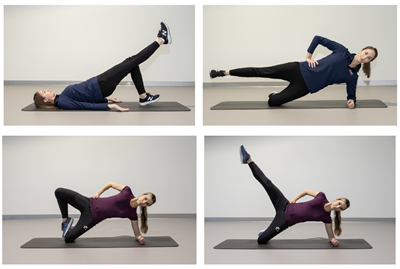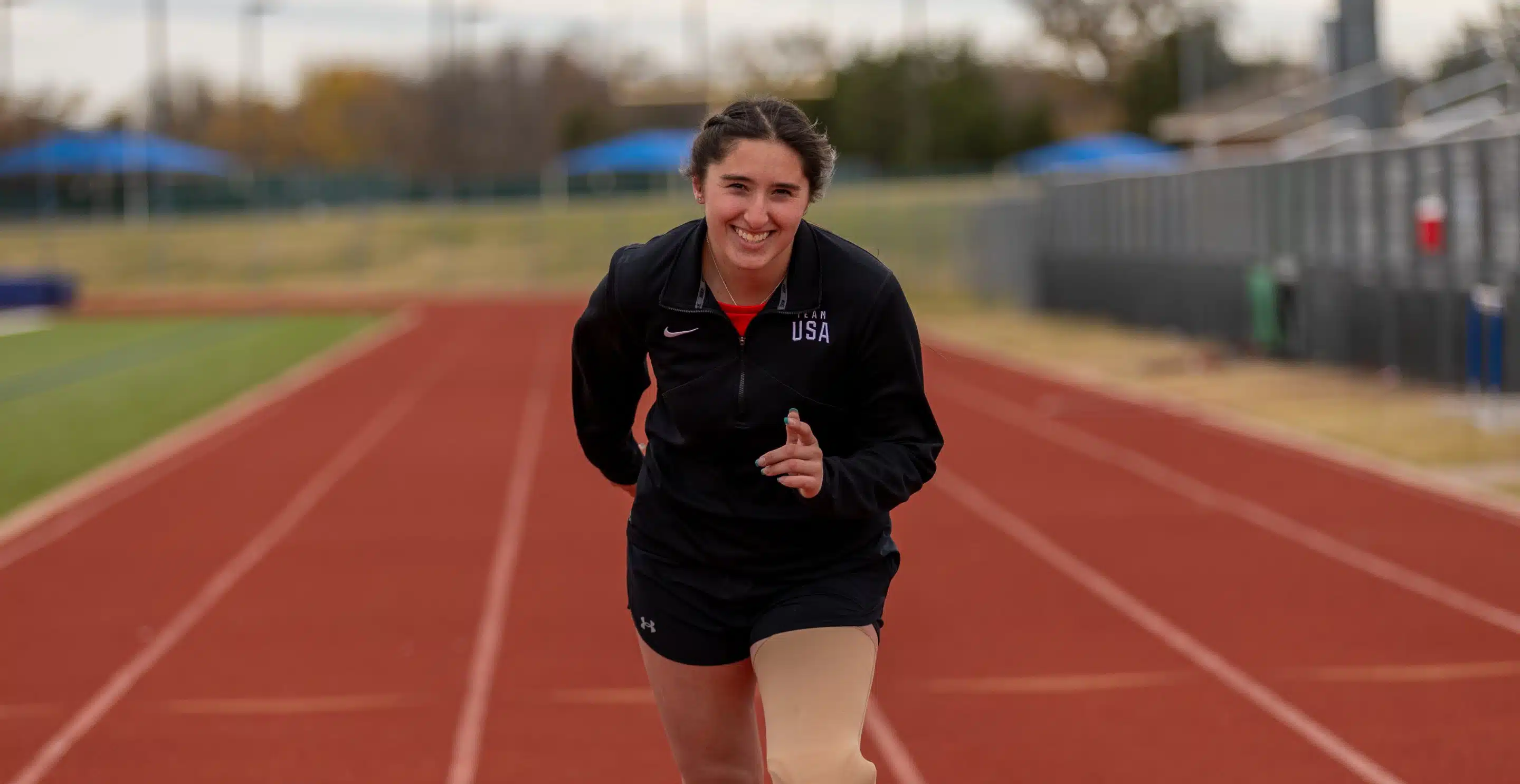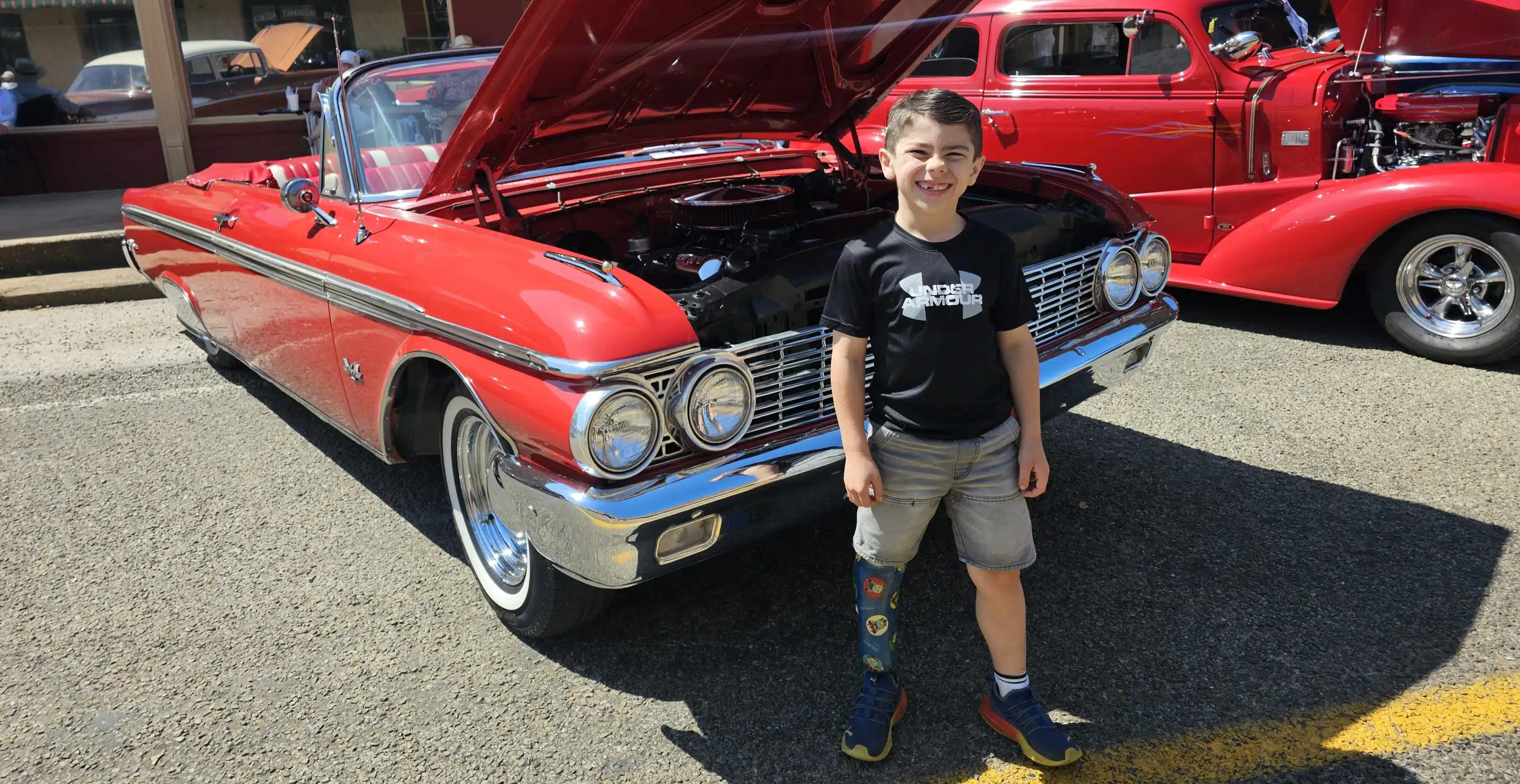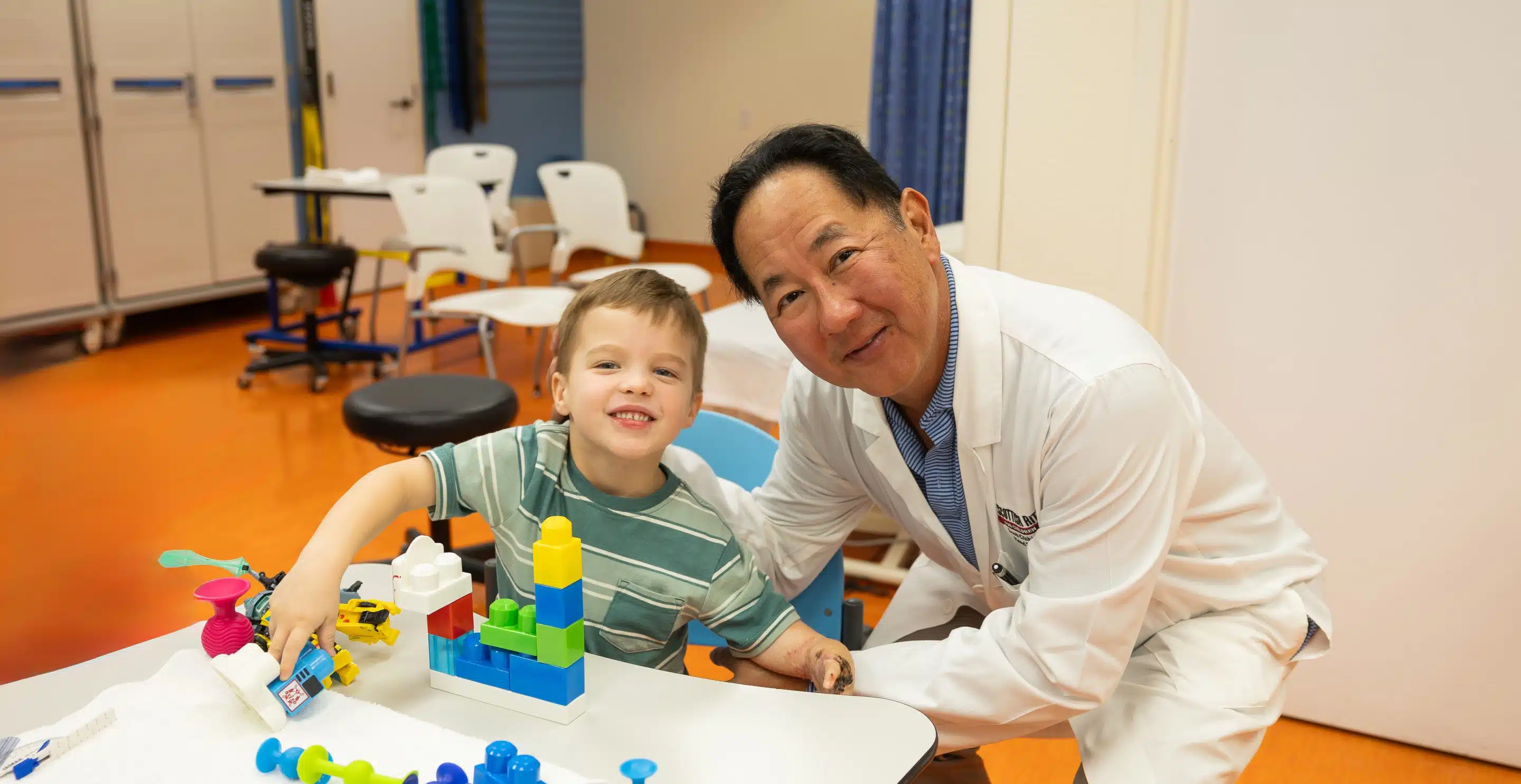Dancers and other performing artists place demands on their hips that are unlike those of other athletes. Movements push the range of motion of their hips to extreme ends from an early age. They must have the flexibility for turnouts, leaps, or grand battements, and also absorb dramatic forces from leaps and jumps. All of this while maintaining impressive limb control and stability of their support and gesture limbs over sustained periods.
Key Considerations for Hip Health for Dancers
- Mobility in the hip and surrounding muscles.
- Balance and stability in the pelvis and core.
- Managing training volume.
Hip Mobility
Turnout and extreme ranges of motion during dancing and other performing arts often require more than “normal” hip mobility. For some, the end of the thigh bone in the hip is naturally in a position of retroversion, which allows for the extreme external rotation needed for turnouts. Others have soft tissue laxity, also called joint hypermobility, that predisposes them to successfully achieve the extremes in rotation, extension, flexion, and abduction (out to the side, such as a la seconde) required for their art form. Dancers with natural hypermobility may be more likely to continue, whereas others may “self-select” out of the sport.
Dancers that are not born with these factors may acquire laxity in the joint with many years of training and aggressive stretching of the muscles and soft tissue that make up the hip capsule.
Proper supervision and a comprehensive program are necessary to ensure the stretching does not cause hypermobility in the lower spine. Additionally, extreme motions may cause damage to the labrum, a soft tissue rim that stabilizes the hip in the socket. Therefore, prompt response to signs of pain with mobility should be addressed to avoid damage to the soft tissue, and ultimately the bones in the hip.
Pro Tip: When the core stabilizer muscles don’t support the lower spine, the hip muscles, including the flexors or hamstrings, are forced to provide support. This protective tightness is an undesirable compensation and can be corrected by doing core stabilization exercises.
Pelvic and Core Stability
Mobility of the hip and leg is dependent on having a stable platform. Core stability means abdominal strengthening to many, but there are deeper muscles that must be considered, including:
- Gluteal muscles – deep hip rotators that help to maintain active turnout and appropriate knee alignment in the posture leg with grand plies and more.
- Gluteus maximus (hip rotation and extension)
- Gluteus medius (hip rotation and abduction)
- Transverse abdominis – deep abdominal muscles
Imbalances and weakness of these muscles cause stress on other joint tissues, including the capsule, labrum, and ligaments. Stretching or stressing beyond their limits can cause pain and injuries in those non-muscular tissues, which then shifts more demand to the muscles around the hip to provide extra support at end ranges of motion. The body then uses other muscles like the hip flexors to stabilize the hip and support a high volume of hip flexion with a turned-out leg, as seen in dance.
A consequence of this demand or overuse of a muscle is muscle tendinitis, the inflammation of the tendon part of a muscle. This condition worsens when there are sudden spikes in the frequency or duration of training, particularly when there is inadequate support from the core to control the pelvis during repeated hip flexion movements.
Stability Exercises:
Abdominal Hollowing Technique
To prevent this chain of compensation, a dancer can learn how to activate the transverse abdominis, the deep abdominal muscles. These muscles help to create a stable base prior to limb movement. Activation of these muscles is described as a “hollowing” technique as the belly button is pulled inward toward the spine. This contrasts with a “bracing” technique that activates the superficial abdominals.
Pro Tip:
A dancer should be able to do an active straight leg raise without any arching of the lower back during the movement. For added abdominal/core muscle activation, use a band for a pull-down during the straight leg raises. This prepares a dancer for flexion associated with high kicks and grand battements without anterior pelvic tilt.
Gluteal Medius Strengthening
Example exercises:
- Single leg glute bridge
- Kneeling, side plank, hip abduction raises
- Clamshell side planks
- Side plank development
Pro Tip: It is important to learn to use the gluteus medius instead of the spinal muscles, called the quadratus lumborum, with abduction motions out to the side (a la seconde) or in the posture leg.
Manage Training Volume
Poor form and muscle fatigue can cause undesirable compensations with other soft tissues and muscles, and may lead to direct tissue injury in the joints or muscles. As overuse injuries worsen with time, performance suffers when the muscles are fatigued.
Pay attention to sudden increases in training duration or intensity, such as fall preparation for The Nutcracker, when added to typical training classes because it can leave a dancer vulnerable to injury. Dancers should take a day off one to two times each week for recovery. Proper rest can help prevent injuries, so you stay healthy throughout the season.















